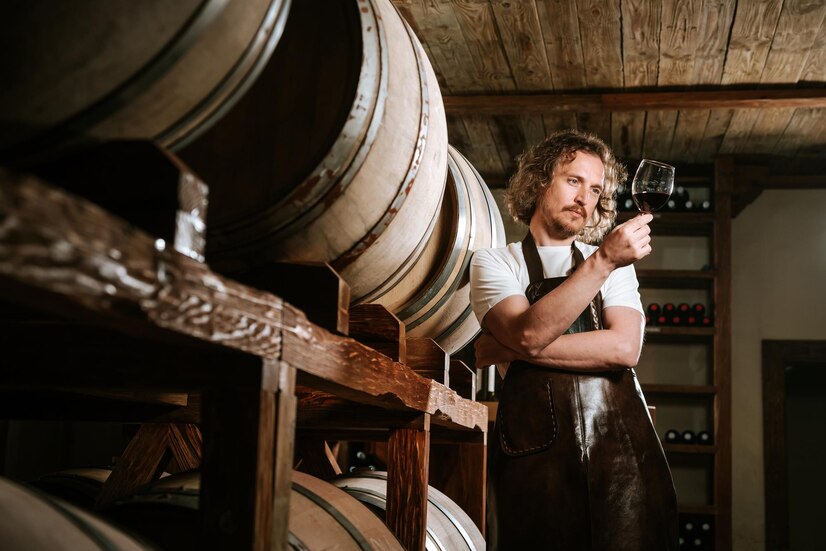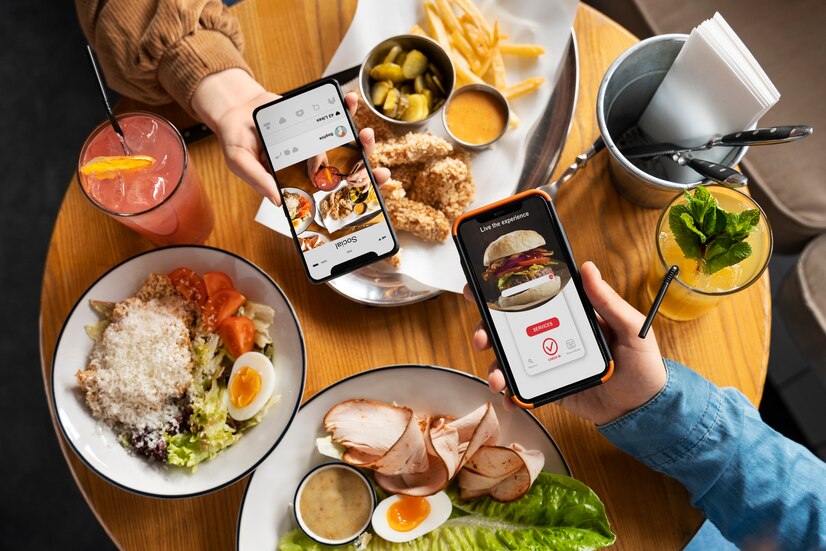In today’s competitive wine market, standing out isn’t just about producing great wine—it’s about creating a brand story that resonates with your audience. Wine lovers are no longer just searching for a good bottle of wine; they want to connect with the story behind it. They want to know about the people, the place, and the passion that goes into every bottle.
Storytelling is a powerful tool that can elevate your wine brand, differentiate you from competitors, and create an emotional bond with customers. In this article, we’ll dive into why storytelling is so important for wine brands and how you can craft a narrative that will engage and inspire your customers.
1. Why Storytelling Matters in the Wine Industry
The wine industry is as much about experience as it is about taste. Consumers today are drawn to brands that offer more than just a product—they want to be part of a story. A strong narrative can transform a bottle of wine into an experience, a moment, or even a memory.
The Emotional Connection:
When people hear your story, they don’t just learn about your wines—they connect with your values, your passion, and the traditions you’re preserving. This emotional bond is a powerful driver of loyalty. Consumers are far more likely to purchase wine from a brand they feel emotionally connected to.
The Power of Authenticity:
In a world flooded with options, authenticity stands out. A genuine, well-crafted story helps humanize your brand. Whether it’s the history of your vineyard, the unique challenges you’ve faced, or your commitment to sustainability, sharing your authentic journey allows your customers to feel like they know you—and trust you.
Differentiation in a Crowded Market:
With thousands of wineries around the world, how do you ensure your brand rises above the rest? Storytelling is one of the most effective ways to differentiate your winery. When you weave a compelling narrative into your brand, you can highlight what makes your wine and your winery truly unique—whether it’s a rare grape variety, an innovative winemaking technique, or a family tradition passed down through generations.
2. How to Craft Your Winery’s Story
Now that we understand why storytelling is so important, let’s dive into how you can create a narrative that sticks. Crafting a memorable story involves more than just telling people who you are—it’s about showing them what makes your winery unique and how your journey aligns with their values and passions.
Start with Your Roots:
Every winery has a beginning, and yours is the heart of your story. Think about where your winery started: Was it a family-owned farm passed down through generations? Did you take a risk by moving to a new region to pursue your winemaking dreams? Your origin story is often the most powerful element of your brand narrative. Share it honestly, and use it as the foundation of your story.
Tip: Don’t just focus on the facts—make it relatable. Readers connect more deeply with human elements, like challenges faced, the sacrifices made, or the joy of seeing your dream come to fruition.
Focus on What Makes You Unique:
What sets your winery apart? Is it the terroir, the winemaking process, or your commitment to sustainability? Every winery has something special that makes it different. Whether you practice biodynamic farming, use traditional winemaking methods, or have a unique wine-tasting experience, highlight these aspects of your business. These differentiators can form the basis of your brand narrative and help you capture your audience’s attention.
Example: Domaine Serene in Oregon stands out by telling the story of their commitment to creating world-class Pinot Noir in the Willamette Valley. They emphasize their innovative approach to winemaking and their dedication to sustainability, which resonates with eco-conscious consumers and wine enthusiasts alike.
Embrace the People Behind the Wine:
Wine is a product of the people who create it. The story of your winemaker, vineyard team, and family can add depth to your brand’s narrative. Share stories of the individuals behind the wine—why they are passionate about winemaking, what challenges they face, and what drives them. This human element makes your brand feel more personal and relatable, which can create stronger connections with your audience.
Tip: Feature behind-the-scenes content like interviews with your winemaker, vineyard tours, or even family gatherings. This not only showcases the people behind the brand but also gives your audience an inside look at your operations, building transparency and trust.
3. Integrating Your Story into Your Brand’s Identity
Once you’ve crafted your story, it’s essential to weave it into every aspect of your brand identity, from your website and packaging to your social media and marketing efforts. Consistent messaging across all platforms helps reinforce your story and create a unified experience for your customers.
On Your Website:
Your website is often the first point of contact for potential customers, so it’s crucial that your story is front and center. Dedicate a section of your website to your brand story, where visitors can learn about your history, values, and what makes your winery unique. Use engaging visuals, such as photos of your vineyard, winemaking process, and team members, to bring your story to life.
Tip: Include personal anecdotes and quotes from the people behind the winery. This adds authenticity and makes your story feel more genuine.
In Your Marketing and Advertising:
Whether you’re creating an ad for social media, a print campaign, or a wine label, make sure your story is reflected in your marketing materials. Use your winery’s narrative to guide your messaging and tone. If your story revolves around family tradition, highlight the legacy and craftsmanship that goes into every bottle. If sustainability is a key part of your brand, showcase how your farming and production practices reflect your commitment to the environment.
Example: Robert Mondavi Winery has built a strong brand around the idea of innovation and leadership in Napa Valley. Their messaging often highlights their pioneering role in bringing California wines to the world stage. This story of innovation is woven into their marketing campaigns and has become a core part of their brand identity.
Through Social Media:
Social media is a fantastic platform for sharing your story in real-time. Use Instagram, Facebook, and even TikTok to show the people behind your wine, share milestones, and give followers an inside look at your daily operations. Share user-generated content, customer testimonials, and photos that showcase your winery’s unique personality.
Tip: Use Instagram Stories and Reels to show behind-the-scenes moments, like the harvest season or winemaking process, and include short, personal narratives that bring your story to life.
4. Telling a Story That Sticks: Engaging Content Ideas
Now that you’ve defined your story, it’s time to create content that brings it to life and keeps your audience engaged.
Blog Posts:
Your winery blog is a perfect place to dive deeper into your story. Write posts that share detailed aspects of your journey, from the early days of starting the vineyard to significant milestones like the release of your first vintage. You can also write about the winemaking process, the history of your region, or even feature stories from your customers.
Tip: Use your blog as an educational tool, teaching readers about the history of wine, terroir, or pairing wines with food. This positions your winery as an authority in the industry and adds value to your customers’ experience.
Video Content:
Videos are a powerful way to showcase your winery’s story visually. Consider creating short documentaries or behind-the-scenes videos that tell the story of your vineyard, your winemaking process, or your family’s history. Video content is highly shareable and can generate a deeper connection with your audience.
Example: Penfolds Winery in Australia often produces high-quality video content that features interviews with winemakers, the harvest process, and the wine-aging process. These videos help convey the craftsmanship and passion behind their wines, reinforcing their premium brand identity.
Conclusion: Share Your Story, Connect with Your Audience
In the wine industry, your story is your brand’s most valuable asset. Whether it’s about your vineyard’s heritage, your commitment to sustainable practices, or the winemaking passion passed down through generations, storytelling creates a connection that goes beyond the bottle. By crafting a narrative that’s authentic, relatable, and consistent across all touchpoints, you can build a wine brand that resonates deeply with your customers and stands out in the marketplace.
Ready to start telling your winery’s story? Contact us today to learn how we can help you craft a memorable brand narrative that will engage and inspire your audience.


